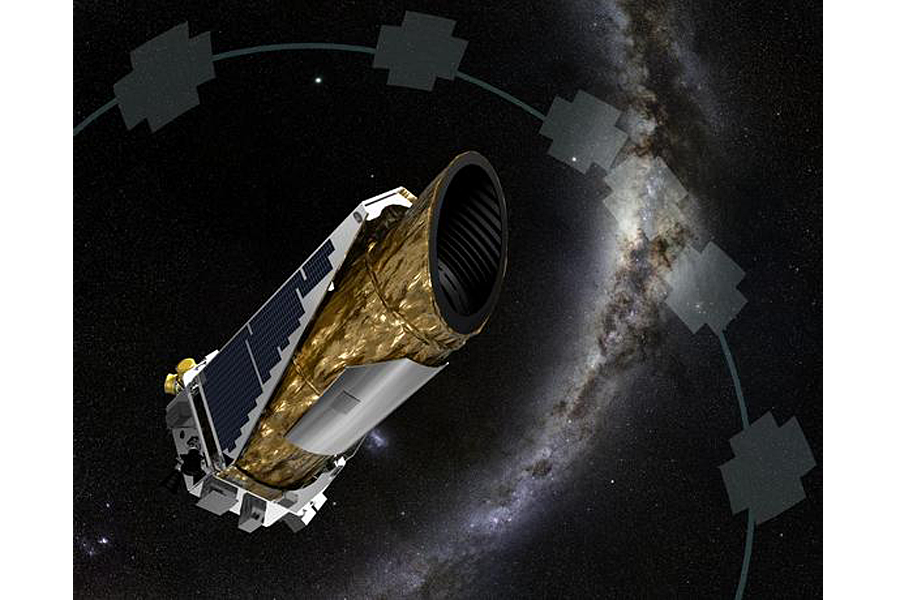Kepler telescope may be broken but it’s still raking in new planetary finds
Loading...
Kepler, the NASA spacecraft that has been surveying the stars for Earth-like planets, is still going strong, despite a malfunction nearly three years ago that affects how the telescope is oriented in space.
NASA announced this week that Kepler has discovered more than 100 alien planets during its second mission run, called K2. According to new definitions, an alien planet must lie in the so-called "habitable zone" of its home star, the region for orbiting that could allow it to host water and possibly life. There are currently 1,000 Kepler-observed planets that have been confirmed to meet this criteria; an additional 4,696 are awaiting to be confirmed.
"Each result from the planet-hunting Kepler mission's treasure trove of data takes us another step closer to answering the question of whether we are alone in the universe," John Grunsfeld, associate administrator of NASA's Science Mission Directorate in Washington, D.C., said in a news release.
Kepler first launched in March 2009, after years of initial research into the question of whether there are, in fact, other planets like ours somewhere out there in the universe.
Kepler spots planets by using a “transit method” that scientists agreed would enable it the greatest chances of success: the telescope looks for the moment when an alien planet crosses the face of its host star during orbit and causes a temporary dip in brightness. It has used this method to spot more than 60,000 stars during its entire K2 run.
In 2013, Kepler’s observational capacities became severely limited when it lost the second of the four wheels that allow it to point at stars with needed accuracy. Fortunately, Kepler’s mission scientists figured out that they could use solar radiation pressure to mimic the stability effects of the missing wheel, and in 2014, Kepler’s K2 mission went live once again.






